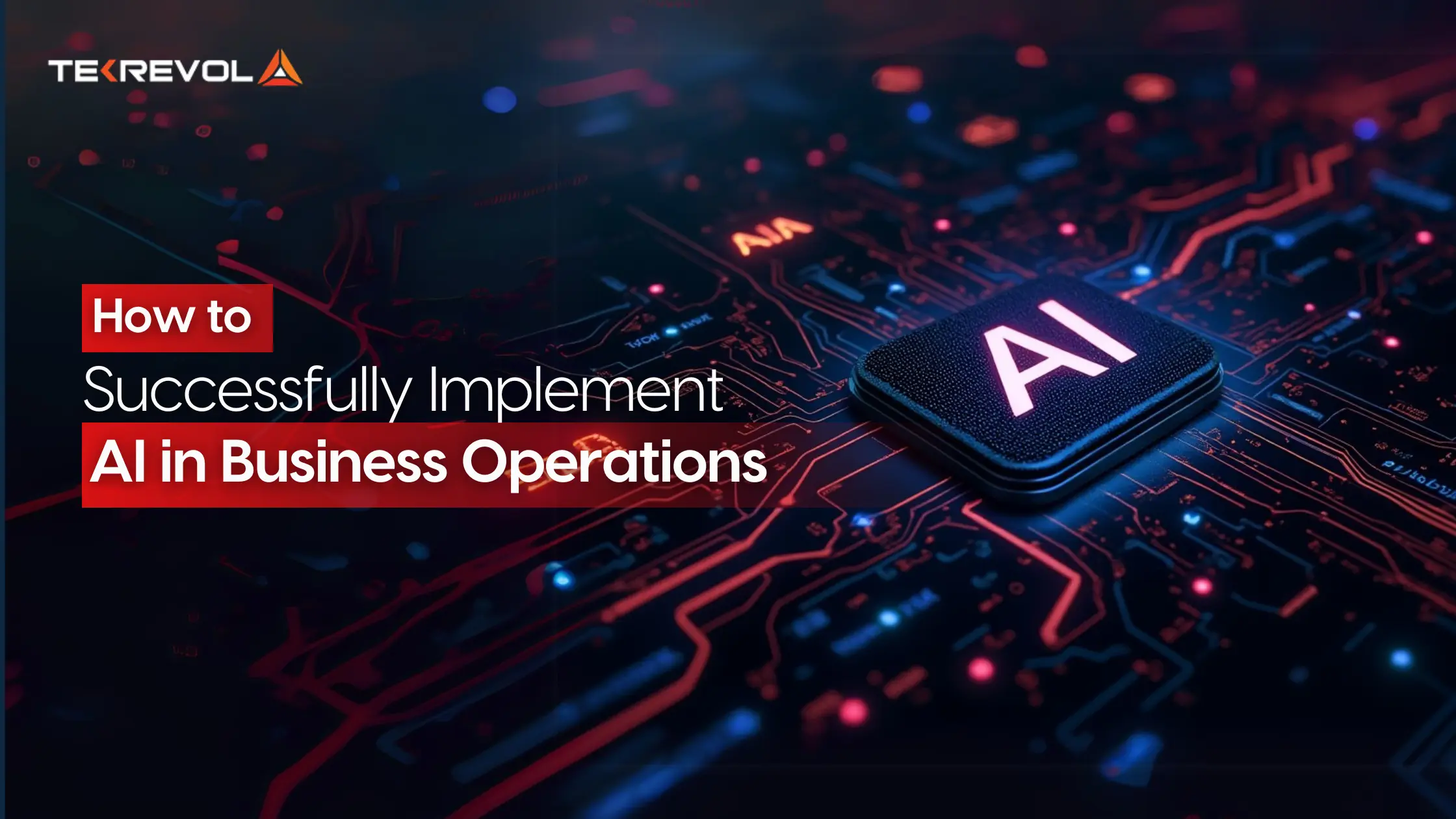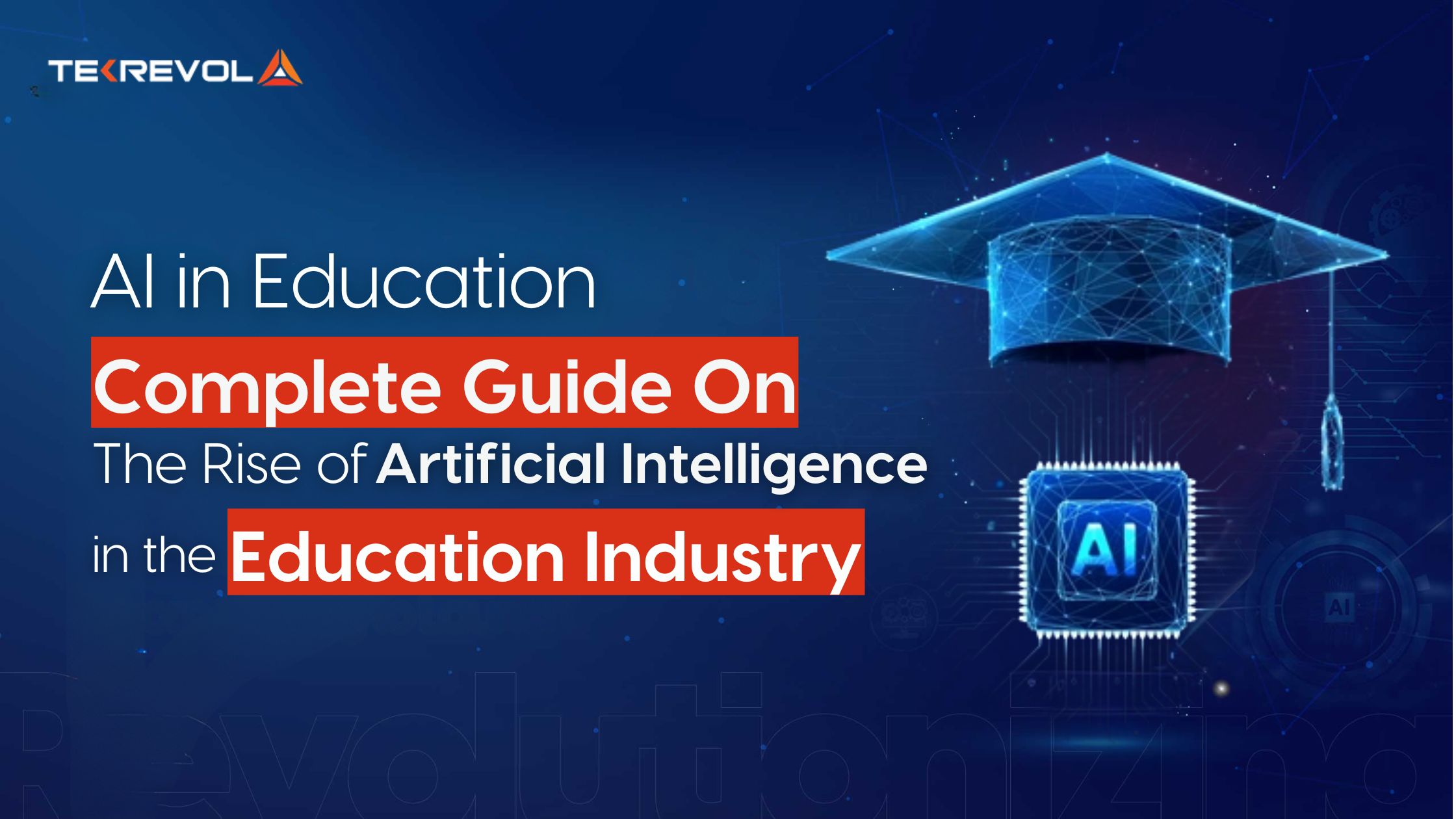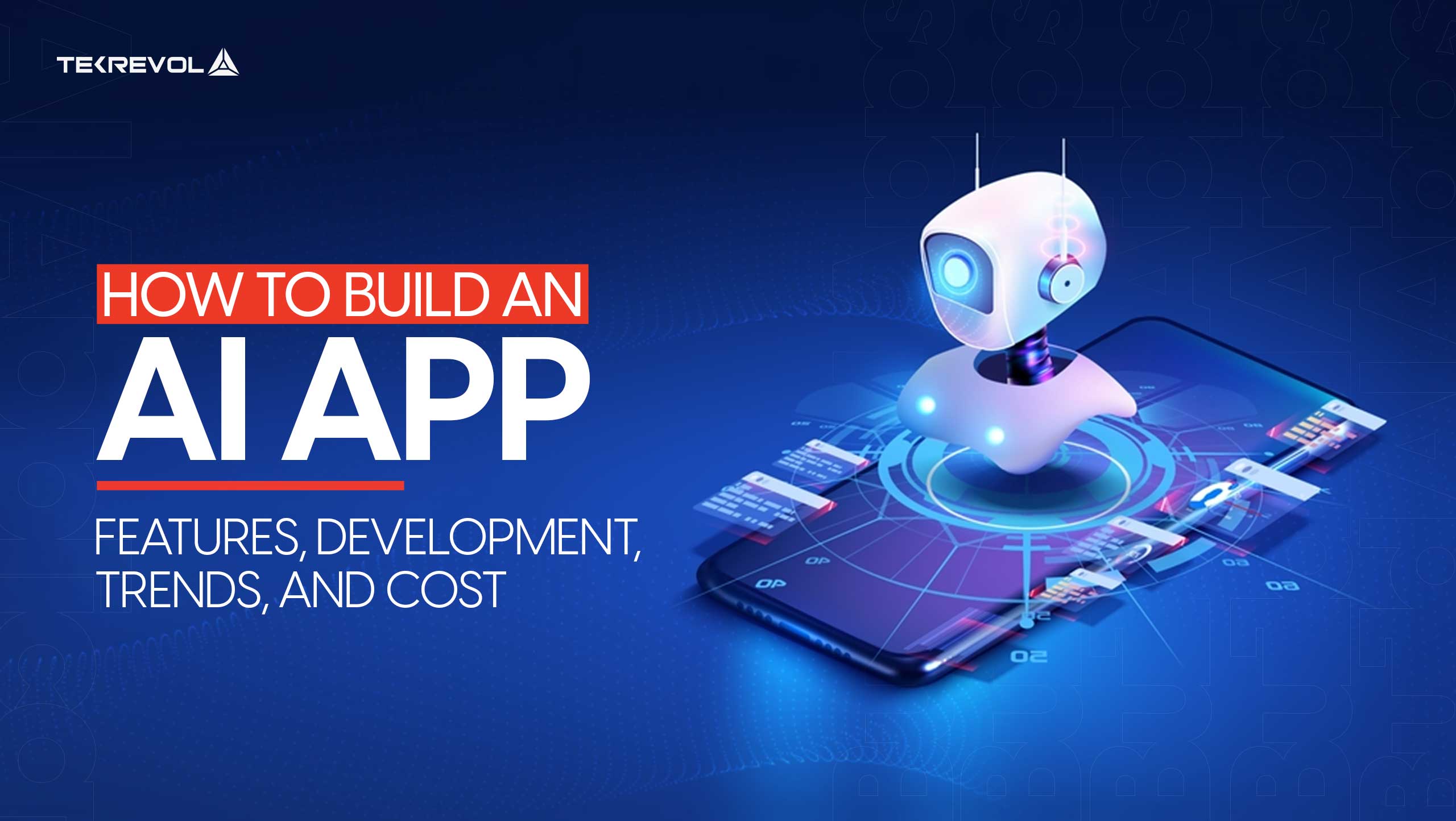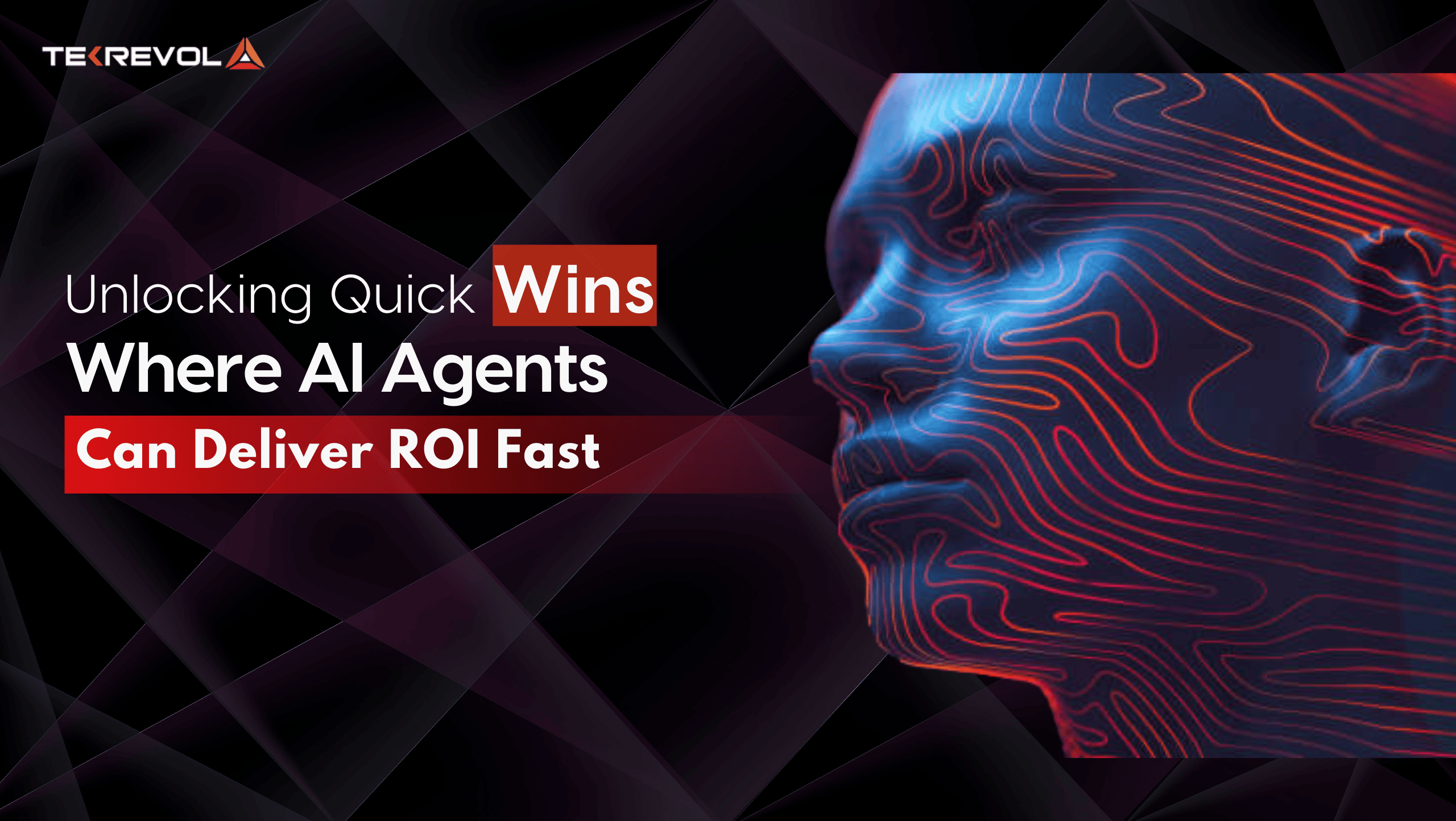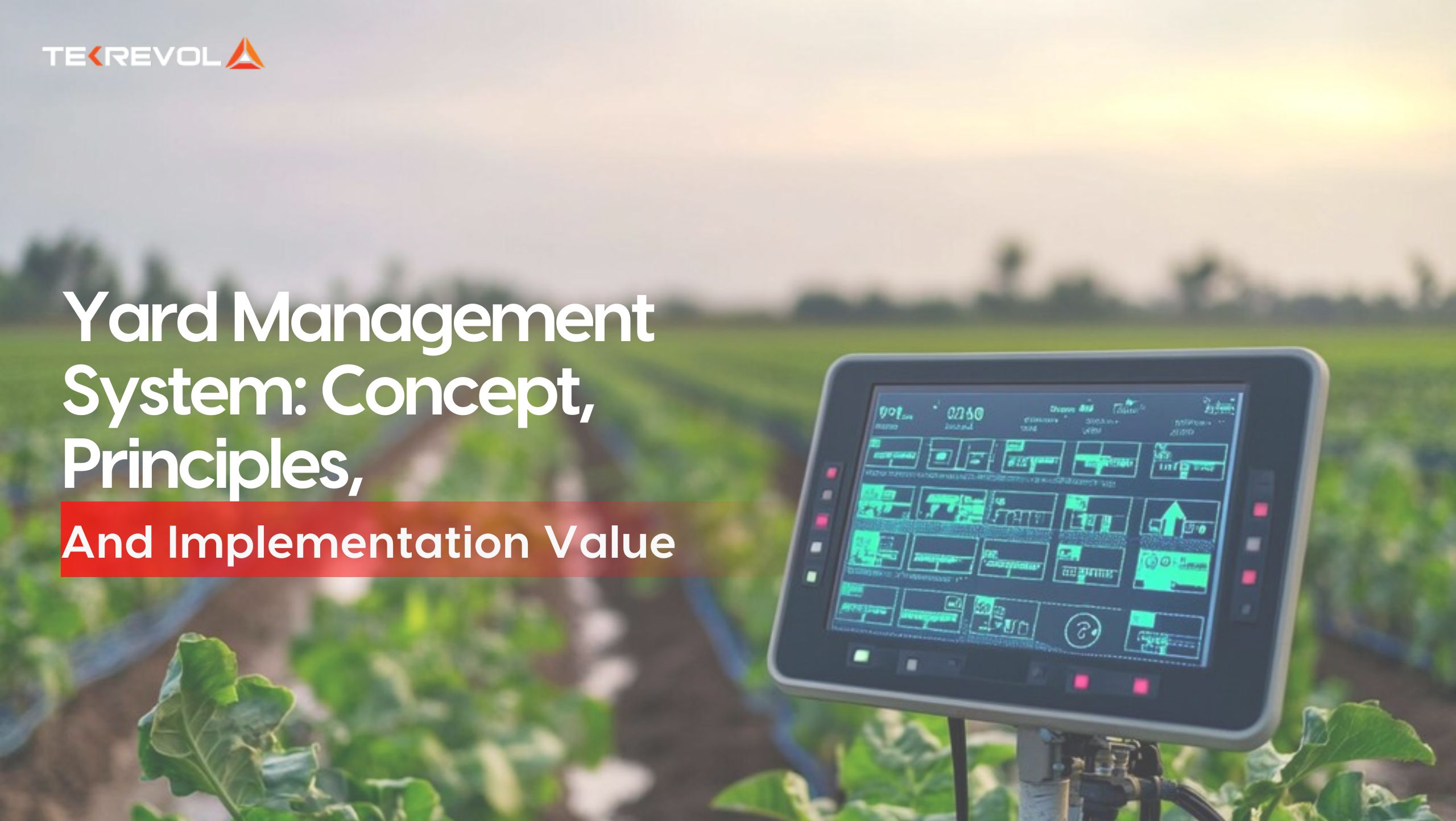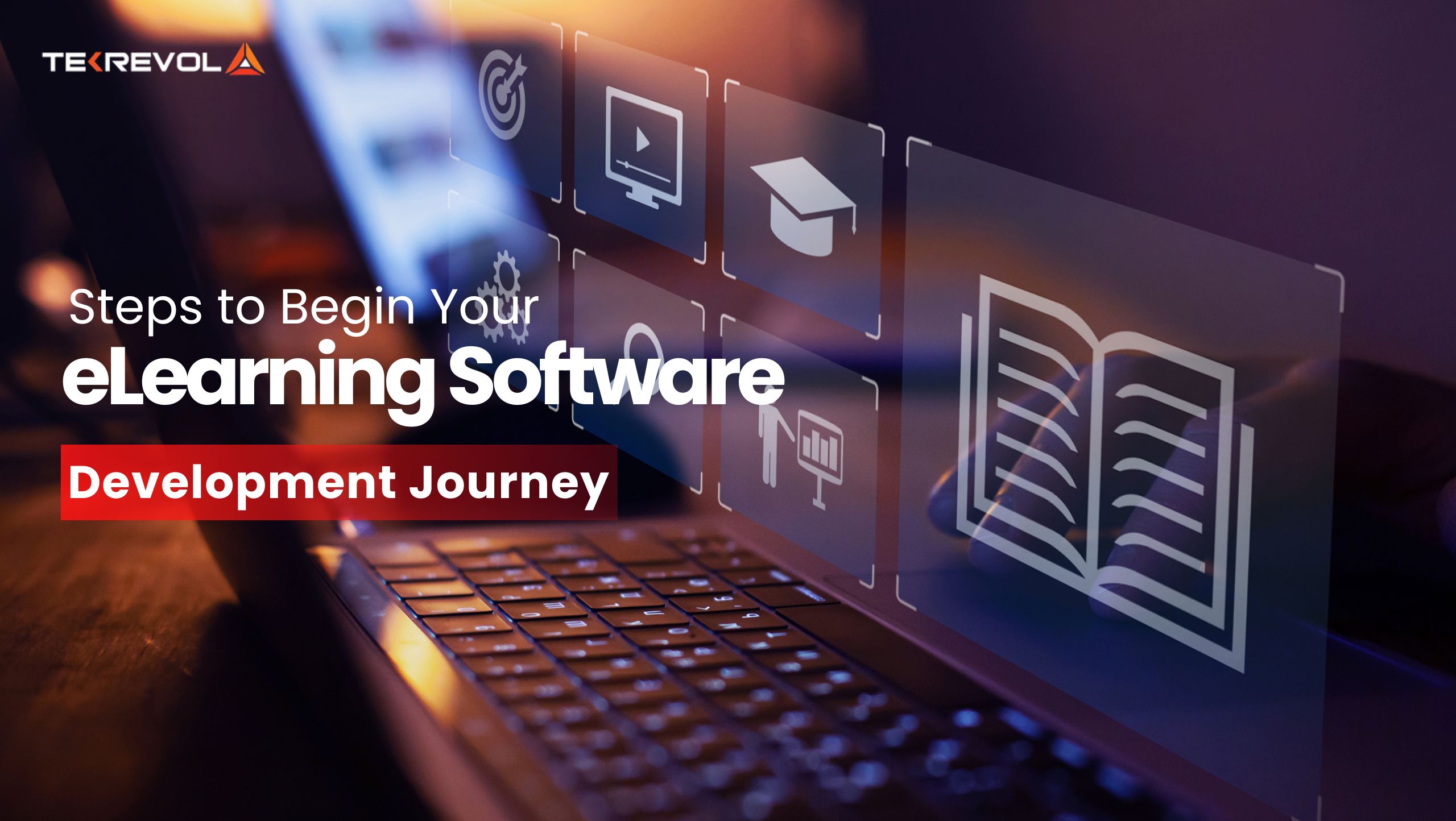“What if our competitors automate first… and we’re left behind?”
This is the quiet fear keeping 74% of CEOs awake at night, according to McKinsey.
Yet when asked why they’re rushing to adopt AI, most default to vague answers like “Because everyone else is” or “We need to innovate.”
Here’s the reality: By 2030, AI could inject $15.7 trillion into the global economy, but 63% of early adopters still report “disappointing ROI” (Gartner).
Why? Because they fancied the future of AI, skipped the strategy and dove straight into tools.
AI isn’t about chasing chatbots or slashing headcounts.
It’s about solving 1M problems with 10k solutions, like the logistics firm that cut fuel costs by 18% using predictive route optimization, or the manufacturer that reduced defects by 41% with computer vision.
But here’s what no one tells you: 75% of AI projects fail not because of flawed algorithms, but because teams pick the wrong use case, underestimate data quality issues, or ignore employee resistance.
At TekRevol, we’ve helped enterprises avoid these traps by focusing on ethical, scalable AI that answers one question first: “Where does automation move the profit needle fastest?”
If you’re tired of AI hype and ready for a roadmap that turns pilots into profits, let’s cut through the noise.
Define Your “Why” Before Jumping on the AI Bandwagon
The fastest way to waste $25,000? Let your CTO buy an “industry-leading AI platform” because your competitor’s CFO mentioned it at a conference.
Before stepping into the details of how to successfully implement AI in business operations, let’s understand that: AI isn’t magic, it’s a magnifier.
It amplifies what already works and makes bad workflows fail faster.
That’s why 68% of failed AI projects start with the wrong question: “How can we use AI?” instead of “What’s bleeding $20k/month that AI could stop?”
The businesses winning with AI treat it like chemotherapy: targeted, data-backed, and only applied where it destroys inefficiencies.
Take Siemens, who reduced factory downtime by 15% by using AI to predict equipment failures. Or American Express, which cut fraud losses by 12% through transaction pattern analysis.
Both started with a $10M question: “What’s bleeding money, and can AI cauterize it?”
Before writing a check for the newly set up AI Automation Department, ask:
- “Will this automate a task that costs us 500+ hours/year?”
- “Do we have clean, labeled data to train models?”
- “What’s the break-even timeline? 6 months? 3 years?”
On the contrary, if you jump into the AI Automation rut without much thought process and intend to learn on the go, you are likely to make costly mistakes.
For instance, a few years ago, Walmart spent $2.3 billion on AI-powered shelf-scanning robots… only to scrap them two years later.
Why? Because they realized human employees with handheld scanners were faster and cheaper.
- Wondering How to Make AI Work for Your Business? Let’s Cut Through the Noise.
What Is an AI Business Strategy? Decoding the Basics
Before AI can do anything meaningful for your business, there has to be a plan. Not just a tech plan, but a business plan that uses AI to reach real, measurable outcomes.
That’s what an AI business strategy is about. It’s the blueprint that guides how, why, and where AI fits into your operations, not just for today, but for the long run.
An effective AI business strategy begins with clarity. You need to know what problems you’re solving and how success will be measured.
Will it be reduced response time? Lowered operational cost? Higher customer retention? The key is tying AI efforts to KPIs you already care about. From there, everything else follows.
To build this foundation, you need to understand a few key terms:
- AI Agents: Software programs that make decisions and complete tasks on behalf of users or systems, often autonomously.
- Business Process Automation (BPA): The use of technology to automate repetitive, rules-based tasks across departments.
- Predictive Analytics: A method that uses historical data to forecast future outcomes and guide business actions.
- RPA (Robotic Process Automation): Tools that mimic human actions in digital systems to perform tasks like form filling, data entry, or email processing.
- Model Training: The process of feeding data to algorithms to help them learn and make accurate decisions.
- Data Governance: The set of practices that ensure your data is usable, accurate, secure, and compliant.
At TekRevol, we help businesses build AI strategies that aren’t just technical wishlists, they’re performance-driven frameworks.
Our clients rely on us not just for implementation, but for clarity: What to automate, when to scale, and how to make sure the results are worth the investment.
Every framework we deploy is tied to outcomes like hours saved, costs avoided, and opportunities unlocked.
Getting your strategy right is what determines if your AI project scales, or stalls.
In the next section, we’ll walk you through the exact steps to implement AI into your business operations with confidence.
- Ready to Implement AI and Drive Real Profit in Your Business Operations?
The Roadmap to Successful AI Implementation
Implementing AI in business operations is not about deploying tools and hoping for results.
It’s about following a disciplined, step-by-step plan that minimizes risk, protects resources, and drives measurable outcomes.
Below is the practical roadmap we’ve used repeatedly at TekRevol to guide enterprise AI automation projects from strategy to scale, with proven success.
Step 1: Assess Business Objectives and Needs
Start with why. Then go deeper.
Most failed AI projects start with a technology-first approach.
Instead, reverse the order. Look at where you’re losing time, money, or customers, and start your AI conversations from there.
At this stage, conduct a gap analysis of your current operations.
What tasks consume hours but add little value? What data exists but is underused? What team workflows break down when volumes increase?
Here’s where we usually see high-impact wins with AI:
- Reducing manual work in customer support with automated response agents
- Improving supply chain visibility through predictive restocking models
- Automating routine finance operations like invoice classification and reconciliation
- Generating sales content automatically from CRM updates or customer queries
- Monitoring contracts or SLAs with AI agents to detect compliance risks
- Accelerating recruitment through job matching and resume parsing bots
- Delivering personalized marketing emails using CRM and behavior data
After identifying gaps, align each AI opportunity with an outcome: cost saved, hours returned, or process speed improved.
If it doesn’t hit a metric you already track, it’s not a priority.
Step 2: Conduct a Data Audit
Your AI strategy is only as good as your data hygiene.
A lot of companies hit walls here. Their data is either locked in outdated systems, spread across departments without consistency, or poorly labeled.
Running an audit helps surface whether your existing data can support AI outcomes, or if cleanup or augmentation is required first.
Sub-Areas to Audit in Your Data Environment:
- Accessibility
Where is the data stored? Is it siloed or centralized? Who has access and is that access governed?
- Quality
How often is data updated? Are there missing values or inconsistent formats?
- Structure
What percentage of your data is structured (rows, tables) versus unstructured (PDFs, email, images)?
- Relevance
Does the data actually help you answer your business questions?
At TekRevol, we use a proprietary Data Readiness Assessment Framework to map these dimensions across your systems.
We also provide recommendations for enrichment via external APIs or tools like OCR and GPT-based extractors for unstructured content.
This is the difference between throwing data at a model and feeding it fuel that drives real performance.
- Don’t Let AI Fail. Learn How to Make It Work for Your Business.
Step 3: Develop an Ethical Framework
Build trust in the system before deployment, not after.
Most businesses underestimate how much bias, compliance risk, or reputational harm can stem from automated decisions.
In highly regulated or people-sensitive areas like recruitment, finance, or legal, these risks multiply fast.
At a minimum, your ethical framework should address:
- Bias mitigation: Are training datasets balanced across race, gender, geography, and experience levels?
- Explainability: Can internal stakeholders or auditors understand how the AI made a specific decision?
- Human oversight: Which decisions stay manual, and which ones can be automated with confidence?
- Compliance: Are you adhering to regional and international standards like GDPR, CCPA, or HIPAA?
TekRevol embeds ethical review checkpoints throughout implementation.
One example: When we automated a staffing firm’s candidate matching process, we included bias filters that flagged potential disparities in matches based on non-relevant demographic factors.
Ethics is not about slowing down implementation. It’s about making sure your AI system doesn’t break trust, internally or externally.
Step 4: Choose the Right AI Technologies and Tools
There is no “best” tech stack, only one that fits your needs, goals, and constraints.
Before choosing tools, define what the solution must do and what constraints exist (budget, deployment time, IT capabilities).
We recommend mapping out your needs using a capability matrix like the one below:
| Business Requirement | Tool Type | Best-Fit Technologies |
| Read and summarize inbound emails | Natural Language Processing | OpenAI GPT-4, BERT |
| Automate repetitive back-office tasks | Robotic Process Automation | UiPath, Power Automate |
| Enrich lead data from third-party APIs | API Orchestration + LLMs | Python, GPT-4, Apollo API |
| Predict trends from past data | Predictive Modeling | XGBoost, sklearn |
| Trigger tasks based on rules | Rule-based AI + CRON | Python scripts, Airflow |
TekRevol does not force-fit tools. Instead, we work backwards from your use case, then recommend a stack that’s:
- Cloud-native or self-hosted depending on your security model
- Low-maintenance and compatible with your current systems
- Scalable to support new use cases without full rewrites
Picking the right tools is not about stacking the latest acronyms. It’s about solving for outcome, not optics.
Step 5: Start with a Pilot Project
No enterprise should roll out AI across all departments at once. Pilots de-risk implementation and provide proof of value.
The key to a successful pilot is tight scope and fast iteration. Pick one team, one clear problem, and one measurable KPI. Then track improvements over four to six weeks.
For instance: When TekRevol worked with a staffing firm to automate candidate matching, the pilot started with one recruiter’s inbox.
We used the Gmail API, GPT-4, and TF-IDF logic to match incoming job emails to internal candidate databases. It reduced email handling time by 85 percent and improved recruiter response rate by 45 percent, all within the first 30 days.
A good pilot should answer three questions:
- Can this workflow be reliably automated without frequent human intervention?
- Is the quality of output acceptable based on defined thresholds?
- What is the ROI when scaled to more users or departments?
Start small, measure obsessively, then expand with clarity.
Step 6: Train and Engage Employees
Employees don’t need to become AI engineers, they need to know how AI helps them do their work better.
Rolling out AI without proper onboarding is a fast track to friction. Teams either won’t use it, or worse, misuse it. You must have a training plan, not a handoff.
A few best practices we’ve used successfully:
- Run use-case focused sessions, not generic “What is AI” workshops
- Create simple dashboards or prompts so employees can experiment safely
- Assign internal champions to help peers troubleshoot or iterate
- Celebrate small wins, like time saved or errors avoided in weekly meetings
One of our clients in events tech automated outreach emails using a GPT-powered engine tied to Google Sheets. But what made it stick wasn’t the code. It was the team’s involvement.
They were trained to iterate, monitor logs, and suggest updates to prompts. That sense of ownership is what keeps the system running even months later.
- Ready to Avoid AI Pitfalls? We Can Help You Implement It Successfully.
TekRevol Case Studies: Where Strategy Meets Scalability
When strategy meets execution, the results speak for themselves.
These case studies show how TekRevol delivered custom-built AI automation systems that saved hundreds of hours, eliminated manual effort, and helped teams scale faster without adding headcount.
Each implementation followed a structured roadmap (discussed above) and was built around business value, not just tech novelty.
1. Recruitment Automation for a Staffing Firm
Client: Mid-Sized Staffing Agency (Dubai)
The Challenge
Recruiters were drowning in job requests sent through email, most containing unstructured data like freeform job descriptions, LinkedIn links, or role outlines.
Manually reviewing each message, matching candidates, formatting resumes, and writing responses could take over 4 hours per recruiter, per day.
The Solution
TekRevol designed an automated pipeline that linked the client’s Gmail inbox, Google Sheets candidate bench, and internal resume storage.
Using GPT-4 for parsing, TF-IDF for matching, and Gmail API for replies, the system autonomously identified the best-fit candidates and responded with personalized emails, complete with threaded context and resume attachments.
Key Results:
- 140+ job requests automated in just the first month
- Over 90 recruiter hours saved weekly
- Response time reduced by 85 percent
- Reply rate improved by 45 percent
This system wasn’t just fast, it was accurate, scalable, and easy for recruiters to adopt. It gave the team back their time while increasing placement success.
2. AI-Driven Lead Generation for a B2B SaaS Agency
Client: Growth Marketing Firm (UAE)
The Challenge
Manually building lead lists from scratch, enriching them via browser extensions, and checking email validity was a slow, error-prone process. The client’s SDRs spent 2–3 hours gathering just 100 contacts.
The Solution
We built a zero-touch lead generation engine using GPT-4’s function calling, the Apollo API, and a no-code interface powered by Gradio.
Users typed a query like “Senior HRs in Texas at SaaS firms,” and the tool would understand the request, pull relevant contacts from Apollo, enrich them with full profiles, and export everything to Excel automatically.
Key Results:
- Over 3,000 contacts enriched in under 10 days
- Lead research time cut by 90 percent
- 4x faster campaign rollouts
- 22 qualified demos booked from AI-generated lists
This wasn’t just automation, it was augmentation. SDRs didn’t have to change their workflow. They just had to type smarter queries and download better data.
3. Automated Email Outreach for an Events Tech Startup
Client: Event SaaS Platform (UAE)
The Challenge
Sales teams had lead lists, but every email was written manually. Without tracking, logging, or personalization, campaigns were inconsistent and late. Writing 100+ personalized emails per week consumed over 20 hours.
The Solution
TekRevol deployed an AI-powered email engine that read leads from Google Sheets, used GPT-4o-mini to craft personalized emails based on company websites, and sent emails securely via SMTP. The engine ran continuously, checking for new leads every 10 seconds and logging delivery status.
Key Results:
- 2,300+ personalized emails sent in 6 weeks
- 80+ hours of manual writing saved
- Reply rate improved by 3.2x
- 6 major event partnerships initiated from AI outreach
The sales team didn’t just send more emails, they started better conversations, faster, and with zero manual effort.
These aren’t just use cases, they’re blueprints for real AI implementation success.
Each one started with a single business problem and ended with measurable gains in hours saved, processes improved, and revenue unlocked.
- AI Can Transform Your Business. But Only with the Right Strategy.
Overcoming Challenges in AI Implementation
Implementing AI in business operations is not as simple as it may seem.
Many organizations face real challenges that can slow down progress if they are not addressed upfront.
Following are some of the most genuine challenges and provide clear guidance on how to overcome them.
Data Challenges
Before launching any AI project, it is important to look at the quality and accessibility of your data.
- Incomplete or low-quality datasets can lead to inaccurate predictions and wasted efforts.
- Many organizations struggle with data that is spread across multiple systems and lacks consistency in format or reliability.
TekRevol offers data cleansing and augmentation services that transform raw information into actionable insights, ensuring that every bit of data counts.
Resistance to Change
Even the best AI strategy can face hurdles when teams are not fully on board.
- Employees may feel uncertain or scared about their role in an AI-driven workplace, fearing that automation might take over their jobs.
- Longstanding habits and processes are hard to change, especially if new technologies seem complex or unfamiliar.
At TekRevol, we build trust through comprehensive training programs and by highlighting successful pilot projects. This way, teams see real examples of how AI can make their work easier and more productive.
Cost Concerns
Many decision-makers worry about the price tag of AI projects.
- It is wise to begin with small pilot projects that target specific operational pain points rather than spending big money all at once.
- By starting on a small scale, organizations can measure return on investment before expanding the technology company-wide.
TekRevol designs cost-effective solutions that are tailored for companies of all sizes. We guide you on where to invest first so you can optimize expenses and achieve meaningful results quickly.
Addressing challenges head-on, from ensuring robust data quality to preparing your team for change and managing costs, will set you on the right path to successful AI implementation.
With the right support, these obstacles turn into stepping stones that drive sustainable growth and efficiency.
- Want AI to Drive Your Profit? Let’s Build a Strategy That Delivers.
Why TekRevol Is Your Go-To Partner for Business AI Implementation
When it comes to executing AI plans successfully, choosing a reliable and experienced technology partner is essential.
At TekRevol, we are a full-cycle digital transformation company that provides the expertise to turn AI potential into practical results.
Proven Expertise
TekRevol has a track record of delivering over $500M in client value through AI projects that solve real business challenges.
We stay focused on what matters, improving outcomes that you already measure such as time savings, cost reduction, and enhanced process accuracy.
Localized and Customized Solutions
We understand that every business is unique. Our solutions are designed to fit your specific needs and operations.
Whether you face challenges with compliance, data integration, or employee adoption, TekRevol’s tailored approach ensures that the technology fits your organization like a well-tailored suit.
Scalable Frameworks
Our frameworks are built for longevity. We focus on solutions that grow with your business and remain adaptable to evolving demands.
Our approach is practical, ensuring you make smart investments now and stay flexible for the future.
Partnering with TekRevol is a commitment to practical, measurable results. Our process is transparent and outcomes are tracked in real-time, ensuring you understand how every dollar spent drives your business forward.
- Want to See AI Deliver ROI for Your Company? Let’s Make It Happen

 80 Views
80 Views April 24, 2025
April 24, 2025